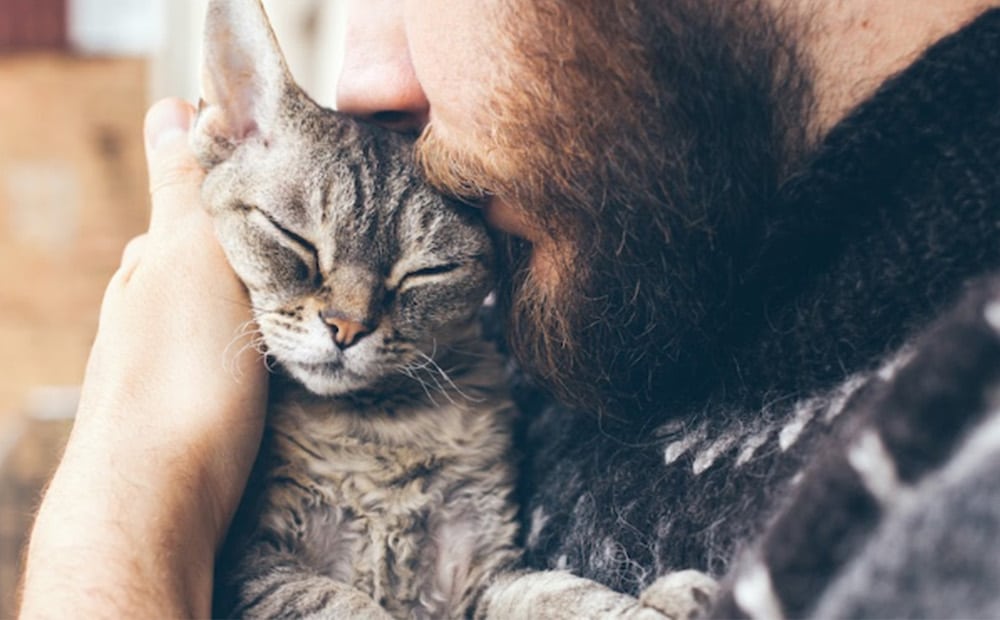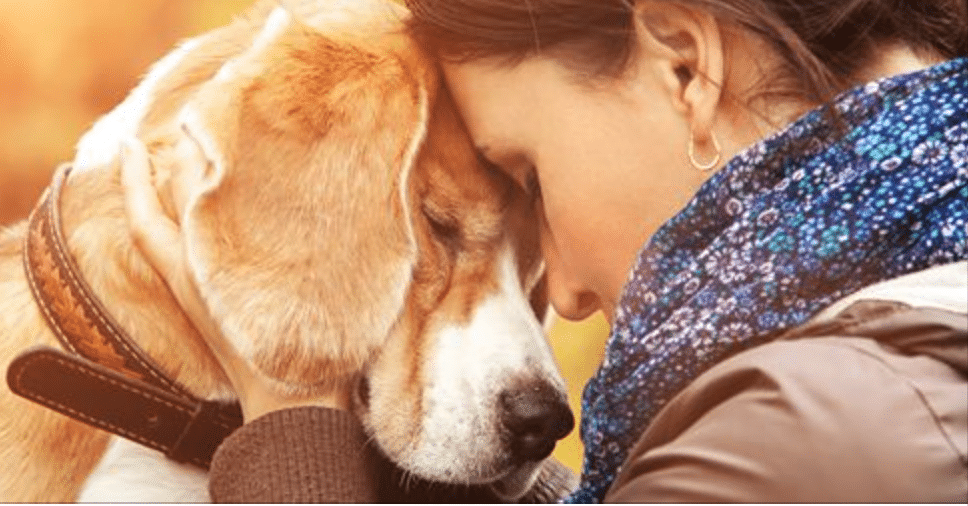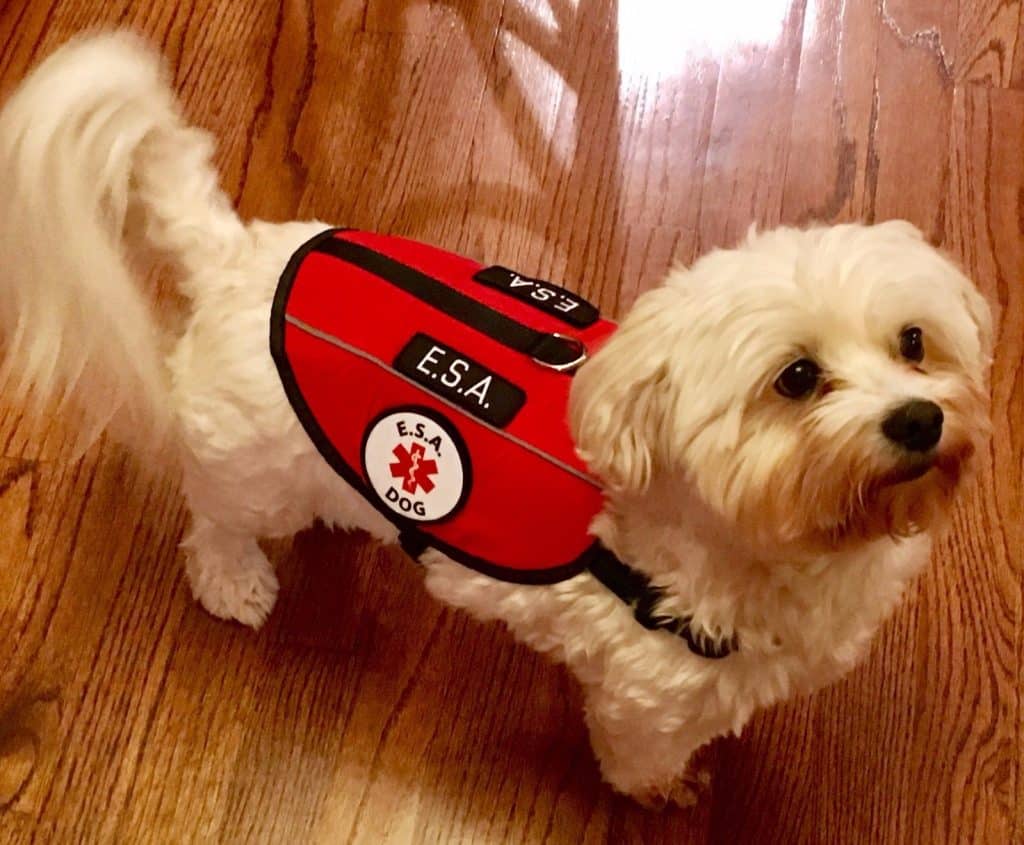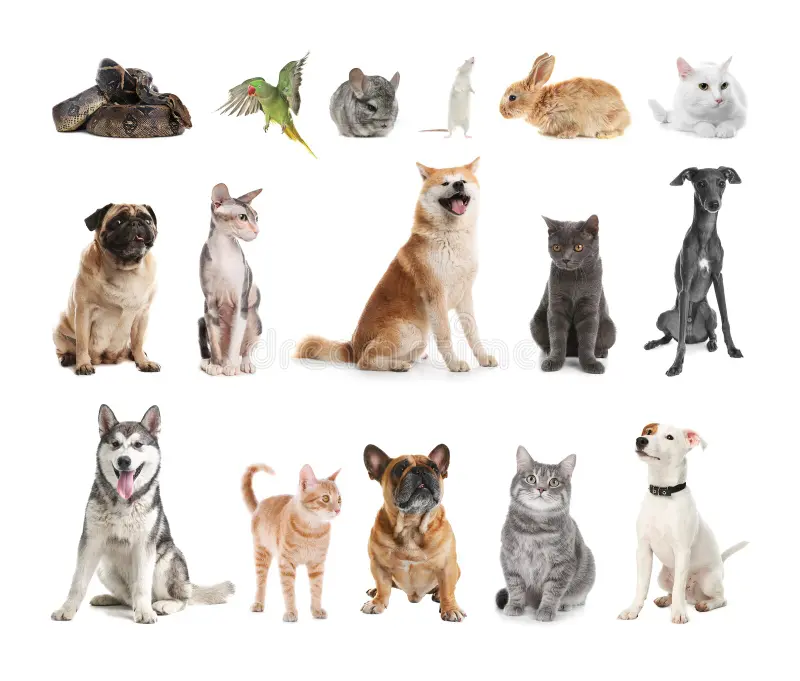Have you ever noticed your pet coming over to comfort you during moments of sadness or joining in your excitement during moments of joy? This intuitive action by pets raises the question of their emotional intelligence and their ability to understand human emotions. While some may dismiss these actions as coincidental or driven by instinct, others see them as evidence of a deep emotional connection between pets and their owners. This post takes a deep dive into the scientific findings and anecdotal evidence surrounding pets’ abilities to perceive and react to human emotions, exploring the extent of their emotional understanding and the implications for your relationship with them.
The Science of Animal Emotions

Scientific studies have increasingly focused on the emotional lives of animals, particularly domestic pets such as dogs and cats. Researchers use various methods, including behavioral analysis and brain imaging, to understand how animals process emotions. These studies have shown that many animals have the neurological structures necessary to experience basic emotions, such as joy, fear, and sadness, which are crucial for interpreting human emotions. This foundation supports the possibility that pets can indeed understand some of the emotions their human companions feel.
Beyond the basic emotions, scientists are exploring how pets discern more complex human emotional states. Experiments have demonstrated that dogs, for example, can distinguish between happy and angry facial expressions and even the tone of voice, suggesting a sophisticated level of emotional intelligence. This research underlines the capability of pets to not only sense human emotions but also to differentiate between them, indicating a deeper level of understanding than previously acknowledged.
How Pets Read Human Emotions

Pets, especially dogs and cats, have developed keen senses that enable them to read human emotions effectively. They pay close attention to human facial expressions, body language, and vocal cues to gauge their owner’s emotional state. For instance, dogs may wag their tails and approach their owners with a relaxed posture when they detect happiness, or they may lower their bodies and avoid eye contact when they sense anger or frustration.
This ability extends to vocal cues, where pets are highly attuned to the emotional content in their owner’s voice. A study found that dogs could identify the emotional changes in human voices, responding more eagerly to happy sounds and becoming more subdued when confronted with angry tones. This sensitivity to auditory emotional cues is a critical aspect of how pets perceive and react to the emotions of the people around them, further cementing their role as empathetic companions.
The Role of Domestication in Emotional Bonds

The domestication of animals has played a significant role in developing the emotional bonds observed between pets and their owners. Over thousands of years, animals that showed a greater ability to understand and respond to human emotions were more likely to be nurtured and bred, leading to successive generations of pets, particularly dogs, that are finely tuned to human emotional states. This process has enhanced pets’ ability to read and react to emotions and deepened the mutual attachment between humans and their animal companions.
The evolutionary benefits of this bond are evident. For humans, having a pet capable of understanding and responding to emotional cues can offer significant emotional support and companionship. For pets, being attuned to their owner’s emotions can mean better care, protection, and a stronger bond, which are advantageous for their survival and well-being. This symbiotic relationship underscores the importance of emotional understanding in the domestication process and its lasting impact on the human-pet connection.
Emotional Support Animals: Beyond Companionship

Emotional Support Animals (ESAs) epitomize the therapeutic benefits pets can offer through their understanding of human emotions. ESAs are prescribed to people with various emotional and psychological challenges, providing comfort, easing anxiety, and helping to mitigate the symptoms of disorders such as PTSD. The effectiveness of ESAs lies in their ability to provide unconditional support and understanding, often attuning to their owner’s emotional state in ways that facilitate healing and emotional stability.
The stories of individuals whose lives have been transformed by their ESAs are a testament to the profound impact pets can have. From calming anxiety attacks to interrupting depressive episodes, ESAs perform a critical role in their owners’ lives, showcasing the depth of their emotional intelligence and the strength of the bond they share with humans. This relationship illustrates the significant role that emotional understanding plays in the support and comfort pets can offer, highlighting their value beyond mere companionship.
The Differences Between Species

Not all pets perceive or express their understanding of human emotions in the same way. Dogs, for example, are often celebrated for their ability to read and respond to human emotions, a trait that has been honed through thousands of years of domestication and close companionship with humans. Cats, on the other hand, may seem more aloof, but they too can exhibit a keen understanding of their owner’s feelings, often through more subtle cues like purring, kneading, or simply staying close by their human during times of stress or sadness. The ways in which different species express empathy and understanding can vary widely, reflecting their unique evolutionary paths and relationships with humans.
Birds, particularly parrots, offer another fascinating example of emotional intelligence in pets. Known for their social nature and ability to mimic human speech, parrots can also show remarkable sensitivity to their owner’s emotional states. They may change their vocalizations or become more affectionate in response to their human’s mood, indicating an awareness and response to emotions that rivals that of more traditionally empathetic pets like dogs and cats. This diversity in how different species understand and react to human emotions enriches the human-pet dynamic, offering a wide range of experiences and connections.
Can Pets Feel The Same Emotions as Humans?

The question of whether pets can feel the same emotions as humans is complex, given the difficulty of measuring emotions across different species. While pets clearly demonstrate basic emotions such as joy, fear, and affection, the extent to which they experience more complex emotions, such as guilt, pride, or altruism, remains a topic of debate among scientists and pet owners alike. This uncertainty stems from the challenge of interpreting animal behavior without anthropomorphizing or wrongly attributing human characteristics to non-human entities.
Nevertheless, the depth of the bonds that form between pets and their owners suggests that, regardless of the exact nature of their emotional experiences, pets do engage in emotionally meaningful interactions with humans. Pets often appear to exhibit behaviors that indicate a level of empathy and concern for their human companions, such as comforting them during times of distress. These behaviors suggest that pets are capable of experiencing a range of emotions that, while perhaps not identical to human emotions, are complex and rich enough to foster deep and meaningful connections.
The Impact of Human Emotions on Pets

Pets are not just passive recipients of human care and affection; they are also deeply affected by the emotional climates of their human households. Dogs, for example, can become anxious or stressed in response to tension and anger in their environment, mirroring the emotional state of their owners. This suggests that the emotional well-being of pets is closely intertwined with that of their human companions, highlighting the importance of maintaining a positive and stable emotional environment for the benefit of all members of the household.
The reciprocal nature of the emotional influence between pets and their owners underscores the need for pet owners to be mindful of their emotional expressions and states when interacting with their pets. Positive emotions, such as happiness and calmness, can have a beneficial effect on pets, leading to behaviors that reflect contentment and security. Conversely, chronic stress or negativity can lead to behavioral issues in pets, indicating the profound impact human emotions can have on their well-being. This interdependence emphasizes the importance of emotional awareness and regulation in fostering a healthy and mutually beneficial human-pet relationship.
Enhancing the Human-Pet Emotional Connection

Strengthening the emotional bond between pets and their owners can lead to a more fulfilling relationship for both parties. Engaging in activities together, such as playing, walking, or simply spending quiet time in each other’s company, can deepen the connection and enhance mutual understanding. These shared experiences not only provide opportunities for pets to read and respond to their owner’s emotions but also allow owners to become more attuned to their pet’s emotional needs and expressions.
Communication plays a vital role in enhancing the human-pet bond. For pet owners, learning to recognize and interpret their pet’s unique signals of emotion—be it through body language, vocalization, or behavior—can improve their ability to respond appropriately and provide support or reassurance when needed. Conversely, consistent and positive interactions with pets can teach them to understand and trust their human companions more deeply. This mutual understanding and respect form the foundation of a strong emotional connection, enriching the lives of both pets and their owners.
Dive Deeper into Your Pet’s Emotional World
The journey through understanding pets’ emotional capabilities reveals a profound connection between humans and their animal companions. Recognizing and nurturing this bond not only enriches your life but also enhances the well-being of your pets. As you continue to explore the depths of their emotional intelligence, take the time to be more attentive and responsive to the emotional cues of your furry, feathered, or scaled friends. By doing so, you strengthen a relationship built on mutual respect, empathy, and love.